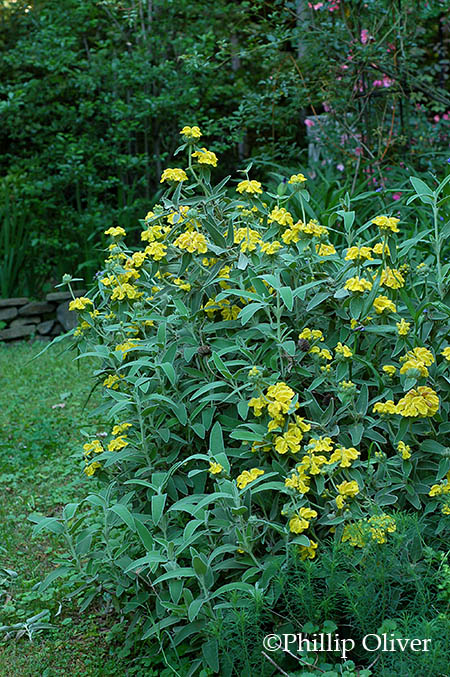The Garden House (Devon, England)
The destinations are beginning to blur but looking at the tour guide booklet, I see that we are now in Plymouth. Today, we visited two gardens designed by Keith Wiley. The first is The Garden House , where Wiley worked as Head Gardener for 25 years (from 1978-2003). The 10-acre estate was purchased in the 1940s by former Eton schoolmaster Lionel Fortescue and his wife Katherine. It was formerly home to the vicars of Buckland Monachronum. The Fortescue's renovated the gardens and ran a market garden business and raised cattle. The remains of some of the original buildings in the vicarage still stand in the garden and serve as a romantic backdrop in the Walled Garden - I loved the way they had massed ferns together. Just stunning! Surrounding the walled garden and venturing out away from the house are more naturalistic plantings - Today, the head gardener is Nick Haworth, who was previously head gardener at Greenway , which we visited earlier. Keith Wiley lef...


We love it in our garden here in the PNW too, Phillip. Beautiful specimen.
ReplyDeleteI love Phlomis, especially the purple/pink ones...I just can't seem to find a spot big enough for them yet!
ReplyDeleteI have this too and it has done well for me for many years. My only complaint is that it is impossible to find any wholesale nursery growing it. We have one in the display garden at work that always looks good this time of year. People like it, want it, and are then told we can't get it.
ReplyDeletegorgeous phillip! I love yellow flowers.
ReplyDeleteI was gifted a Jerusalem Sage by a friend at the fall swap last year. I was amazed it was evergreen all winter. I have mine planted at the back of the border (luckily). I didn't know I was in for such a treat! Glad you shared this information so timely for me.
ReplyDeleteI cut all the flowers off mine because I don't like its bright yellow flowers with the pastel pink flowers of mountain laurel. I really need to move it this fall.
ReplyDeleteThanks for giving me ANOTHER plant to add to my (growing) list of "I need this plant in my garden."
ReplyDeleteAbsolutely beautiful.
This is one of my favorite plants for Austin gardens too. Very tough, and lovely in leaf and flower.
ReplyDeletePuretexan, I have read that it can be cut back by half. You would want to do this in late winter. I have just lightly pruned mine but if you need to control the size, you would want to do this. You are probably in a much warmer zone than I am, so I am thinking that you could cut yours back even farther and it would be okay. Good luck!
ReplyDelete